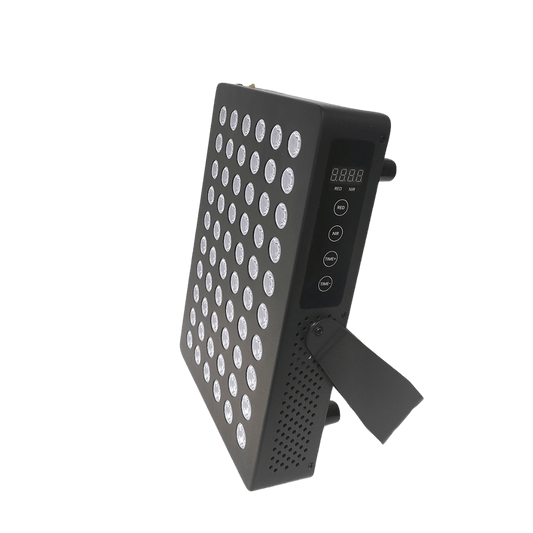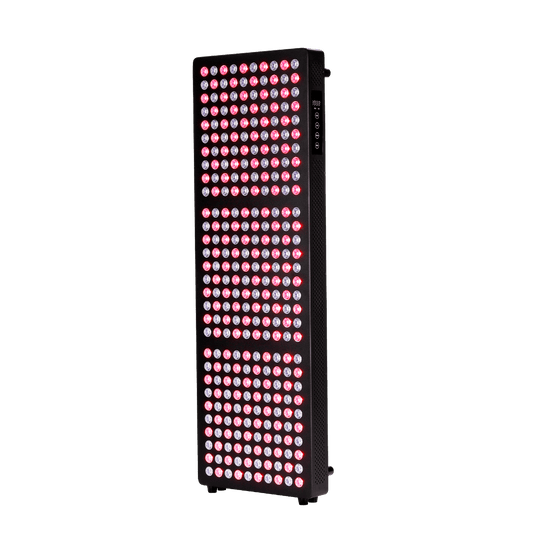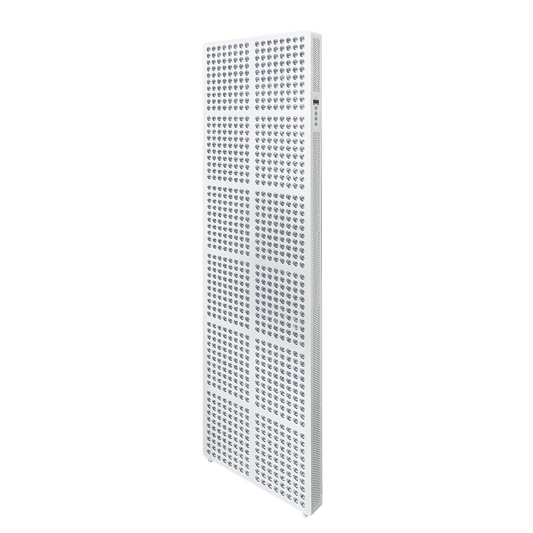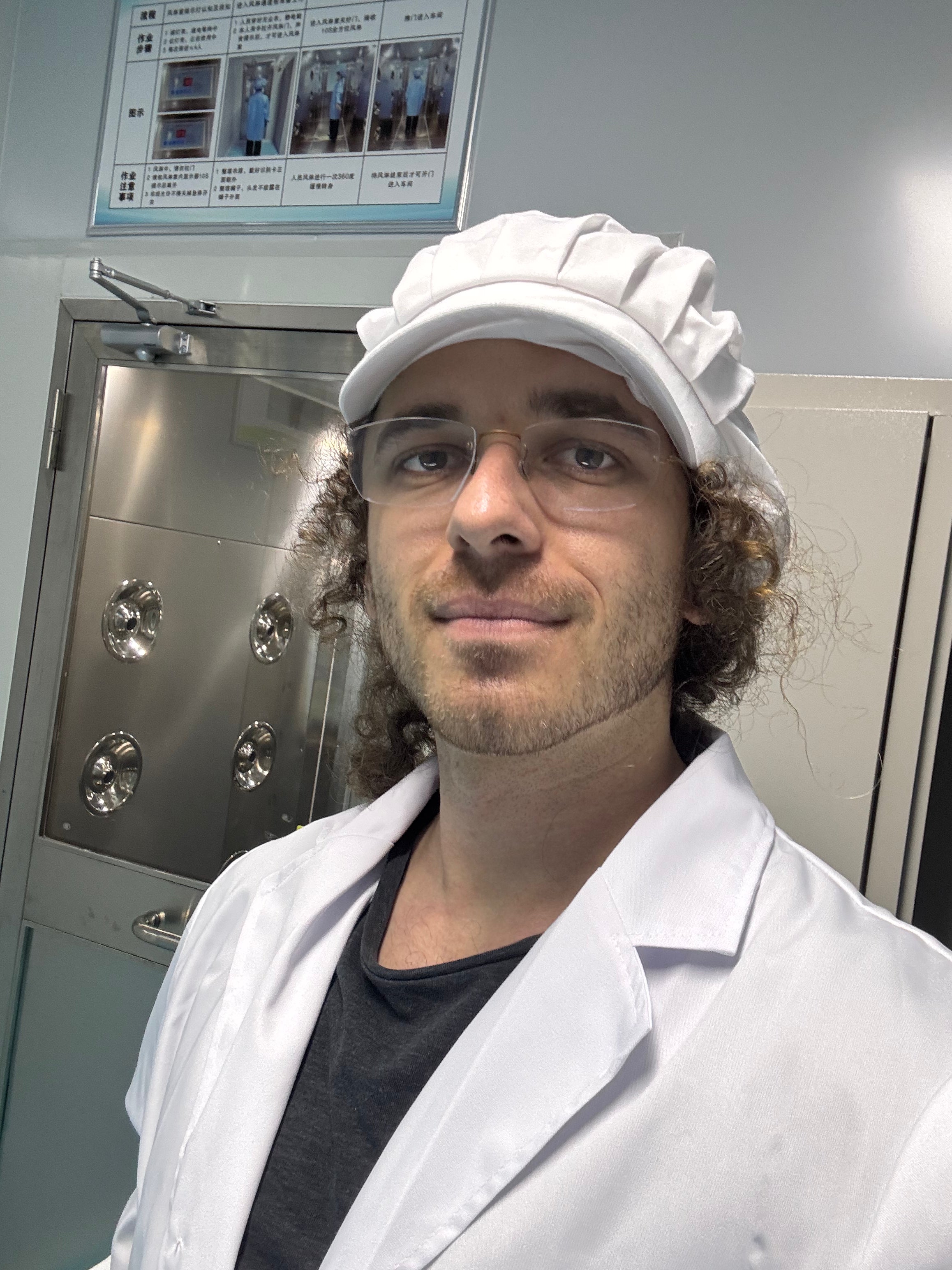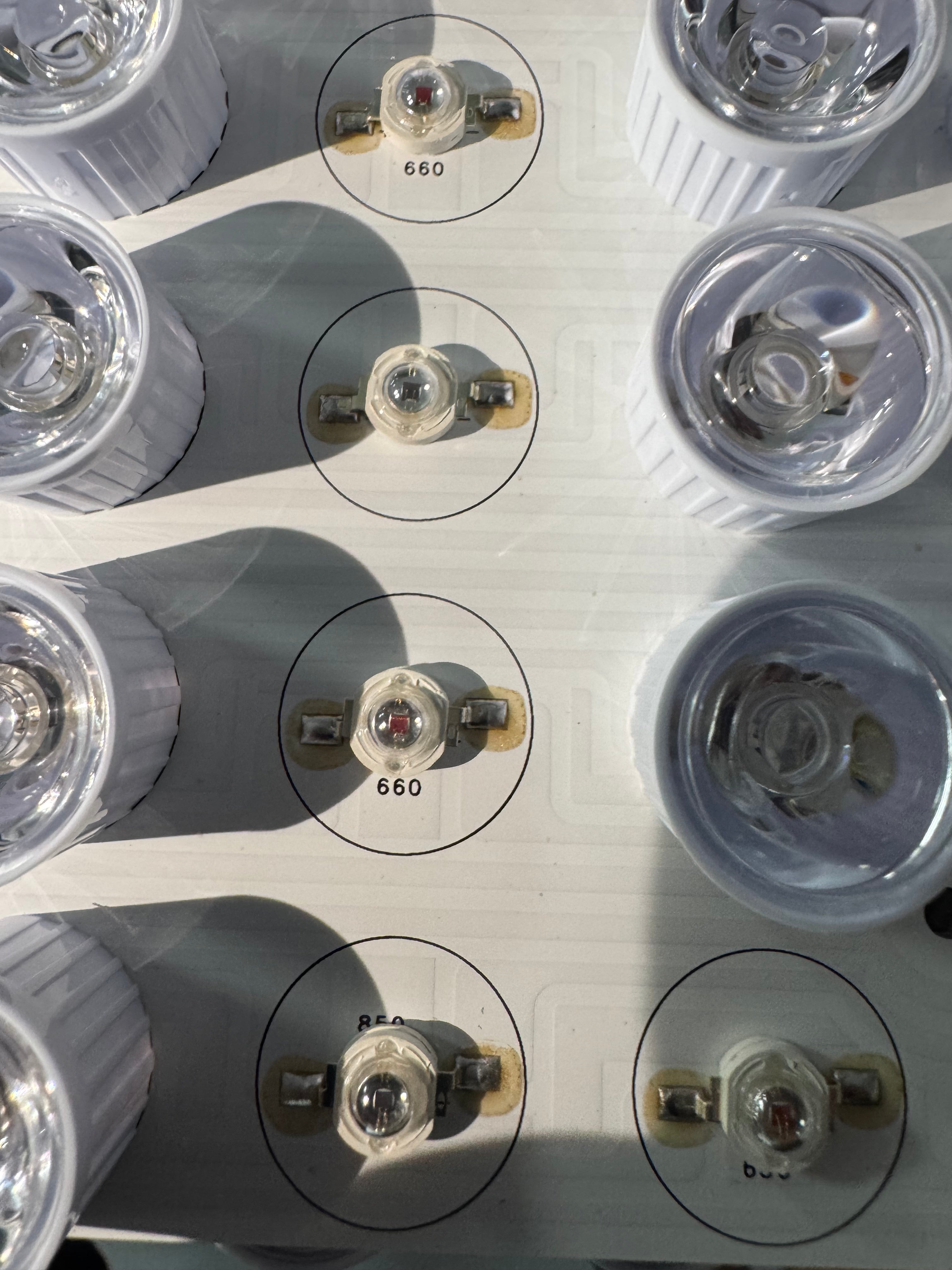ATP Production and Mitochondria Function
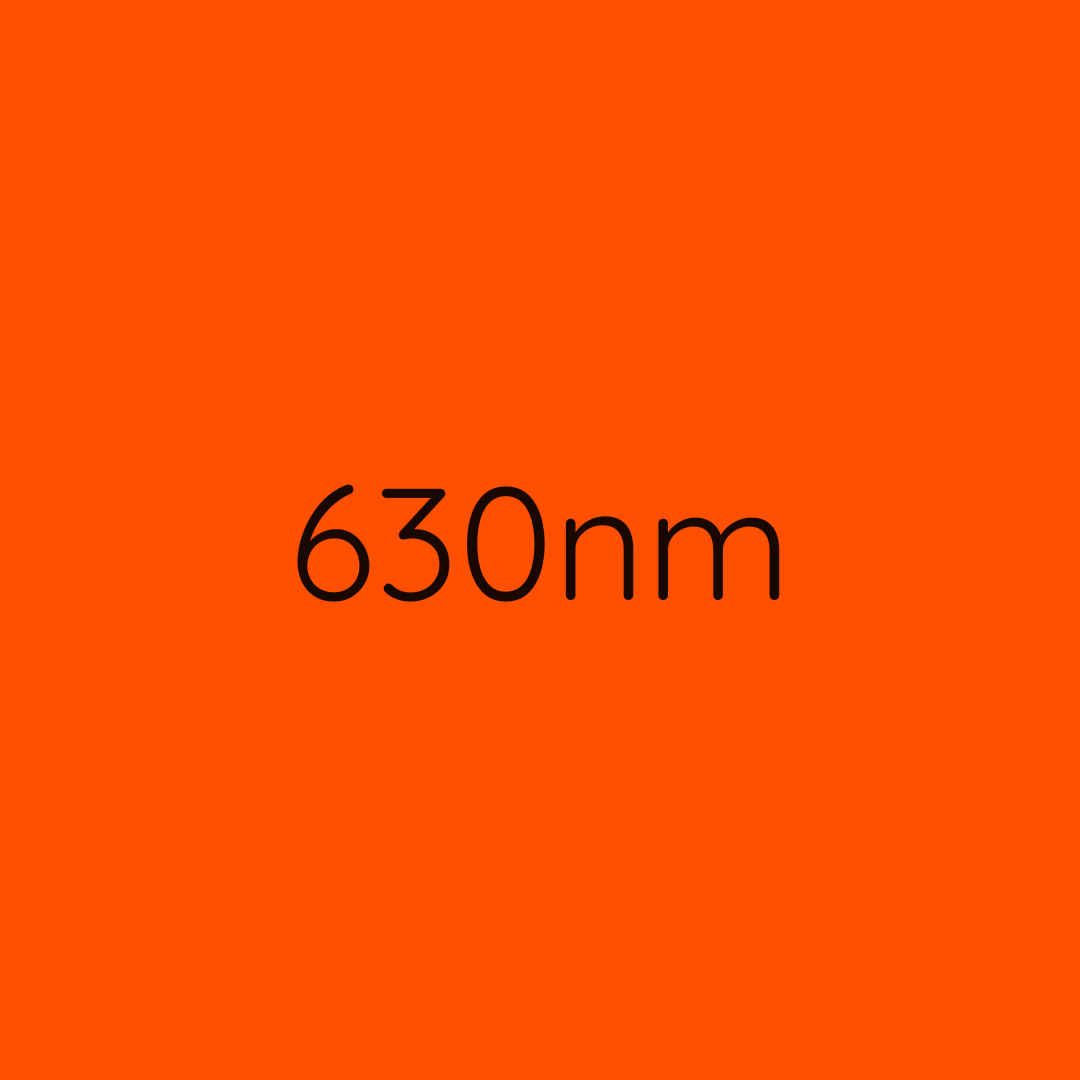
630nm Research
- 630 nm LED (with 850 nm) Boosts ATP and Mitochondrial Potential in Muscle Cells
In a study on mouse muscle cells, treatment with 630 nm red LED light (combined with near-infrared) increased energy production (ATP) up to 3.5 times and improved mitochondrial health (membrane potential) peaking 3–6 hours later, helping cells generate more power efficiently.
- 630 nm LED Enhances ATP Synthesis and Mitochondrial Function in Heart Cells
Researchers found that shining 630 nm red LED light on heart muscle cells ramped up ATP production by activating key enzymes, raised mitochondrial energy levels and structure, and handled stress better without harm, potentially aiding heart health.
- 620–630 nm LED Improves Mitochondrial Activity in Sperm Cells
Exposing donkey sperm to 620–630 nm red LED light boosted mitochondrial membrane potential, enzyme activity, and oxygen use—which supports ATP creation—with the best results depending on exposure time, suggesting benefits for cellular energy.
- 630–1000 nm LED Arrays Stimulate Mitochondrial Energy Production
Using LED lights in the 630–1000 nm range on cells activated mitochondrial enzymes and genes involved in energy making, leading to higher ATP levels and better cell function, useful for healing wounds and eye issues.
HeroSeries panels and face masks use 630nm red light
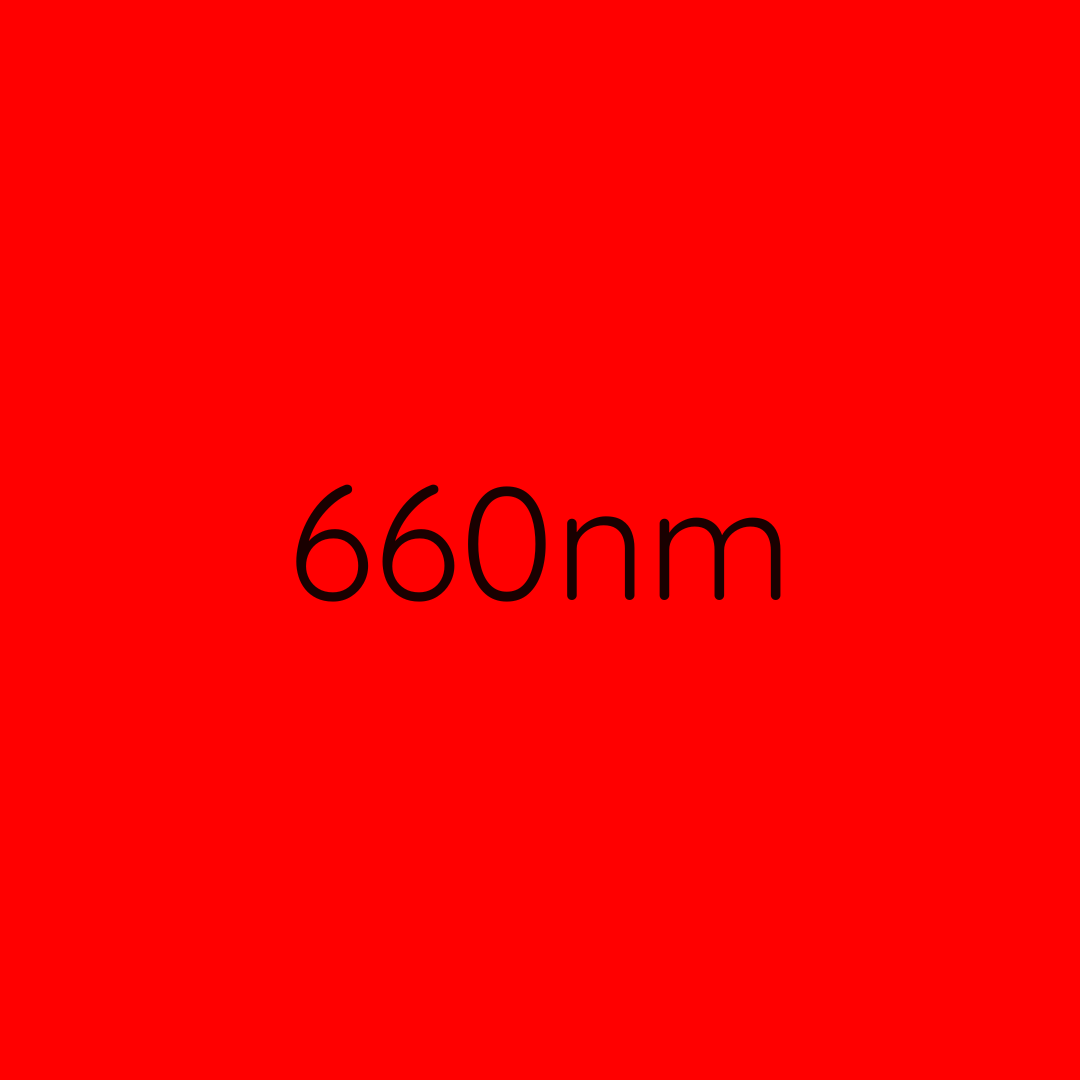
660nm Research
- 660 nm LED Boosts Mitochondrial Activity in Stem Cells
In a lab study on stem cells from knee tissue, shining 660 nm red LED light for a few minutes increased mitochondrial energy output by up to 72%, helping cells make more ATP (the body's energy currency) for better growth and repair, which could aid in healing injuries.
- 660 nm Light Increases ATP and Mitochondrial Potential
Researchers found that 660 nm light (delivered via LED) on fat-derived stem cells raised ATP levels and mitochondrial voltage in a dose-specific way, meaning it helps mitochondria work better to produce energy and handle stress, like giving cells a power boost.
- 660 nm LED Enhances Brain Cell Energy Production
Applying 660 nm red LED light to brain cells under stress activated key mitochondrial enzymes, increasing ATP production and reducing harmful molecules, which could protect the brain and improve overall cellular health by optimizing energy factories inside cells.
- 670 nm LED Stimulates ATP in Mitochondria
Studies showed that 670 nm red LED light (practical overlap with 660nm) targets mitochondrial enzymes to speed up electron flow, boosting ATP production and helping cells heal faster, as seen in wound recovery.
HeroSeries panels, HeroBelt and HeroHat use 660nm red light
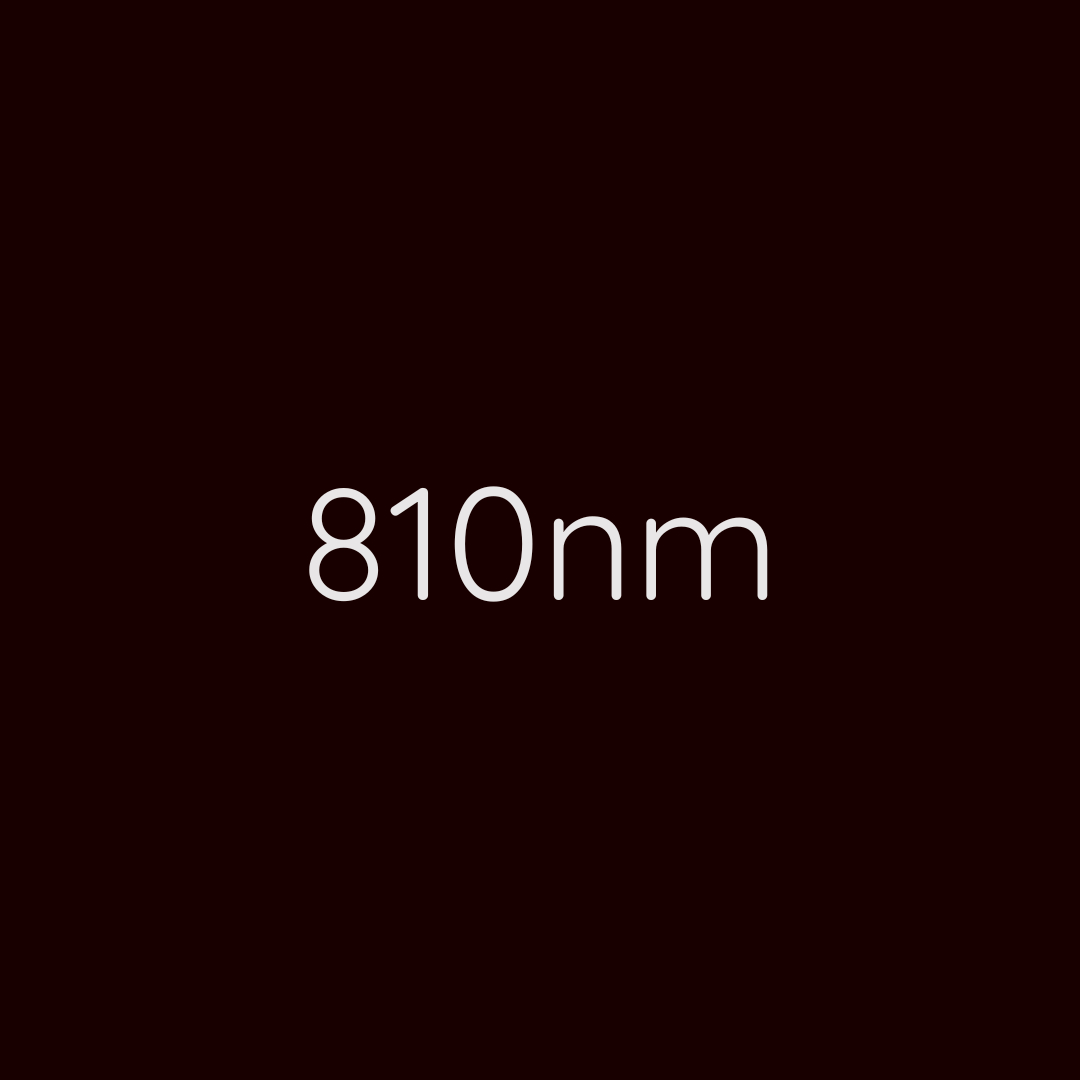
810nm Research
- 810 nm LED Boosts Mitochondrial Redox and ATP Production In Vivo
In a study on human forearms, 810 nm LED light significantly increased oxidized cytochrome c oxidase and oxygenated hemoglobin, enhancing mitochondrial redox activity and potentially increasing ATP through improved oxidative phosphorylation, as a safer alternative to lasers.
- 810 nm LED Enhances Oxidative Phosphorylation in Neuroblastoma Cells
Long-term treatment with 810 nm LED on IMR-32 cells dose-dependently boosted oxidative phosphorylation at RNA, protein, and functional levels, formed more network-like mitochondria, and improved cellular resistance, supporting greater ATP production and mitochondrial health.
- 810 nm PBM Increases ATP in Cortical Nerve Terminals
Photobiomodulation at 810 nm showed a power-dependent increase in ATP production in cortical nerve terminals by modulating mitochondrial function, supporting better energy release and neurotransmitter activity without damage.
All HeroSeries panels use 810nm NIR light
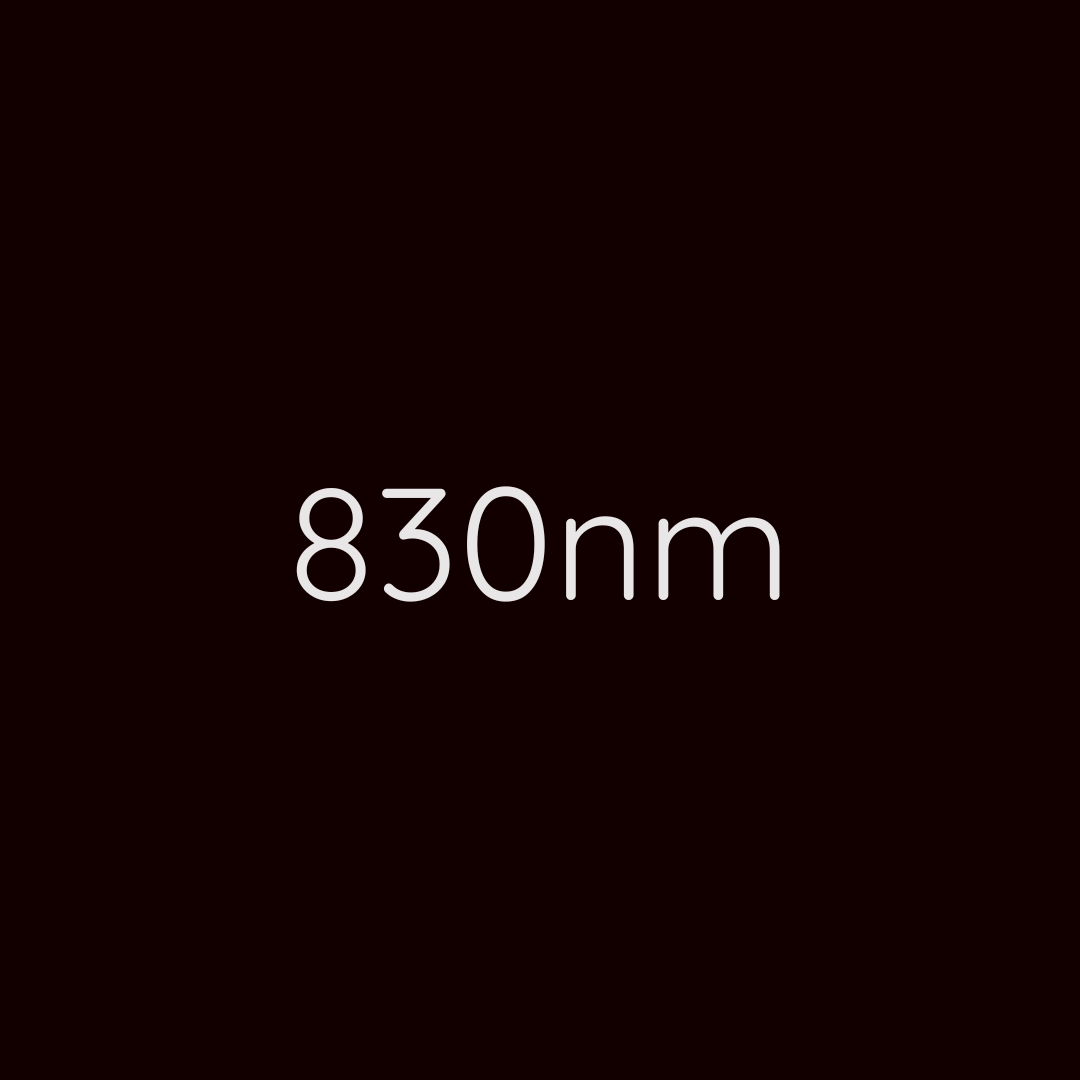
830nm Research
- 830 nm LED Enhances Cytochrome C Oxidase Activity for Better ATP
In studies on cells poisoned by toxins that block nerve signals, pretreatment with 830 nm LED light reversed the damage by boosting the activity of cytochrome c oxidase, a key mitochondrial enzyme, leading to improved energy production (ATP) and healthier mitochondria without any harm.
- 830 nm LED Preserves Mitochondrial Redox and Boosts ATP in Eye Disease Model
In rats with a condition mimicking vision loss from retinitis pigmentosa, short daily treatments with 830 nm LED light maintained a healthy balance in mitochondrial chemicals (redox state), which helps produce more ATP and protects eye cells from dying, making it a safe way to support mitochondrial health.
- 850 nm LED Increases ATP Synthesis in Muscles
Research on different muscle types showed that LED therapy at 850 nm (very close to 830 nm and often used interchangeably in NIR light therapy due to similar penetration and cellular effects) ramped up ATP production, especially in aerobic muscles, by energizing mitochondria for better performance and recovery.
- 830 nm LED Supports Mitochondrial Function in Anti-Inflammatory Effects
In various cell studies, 830 nm light (including LED applications) targeted mitochondria to increase ATP through cytochrome c oxidase activation, reducing inflammation and oxidative stress, which overall improves mitochondrial health and cellular energy.
HeroSeries panels and face masks use 830nm NIR light
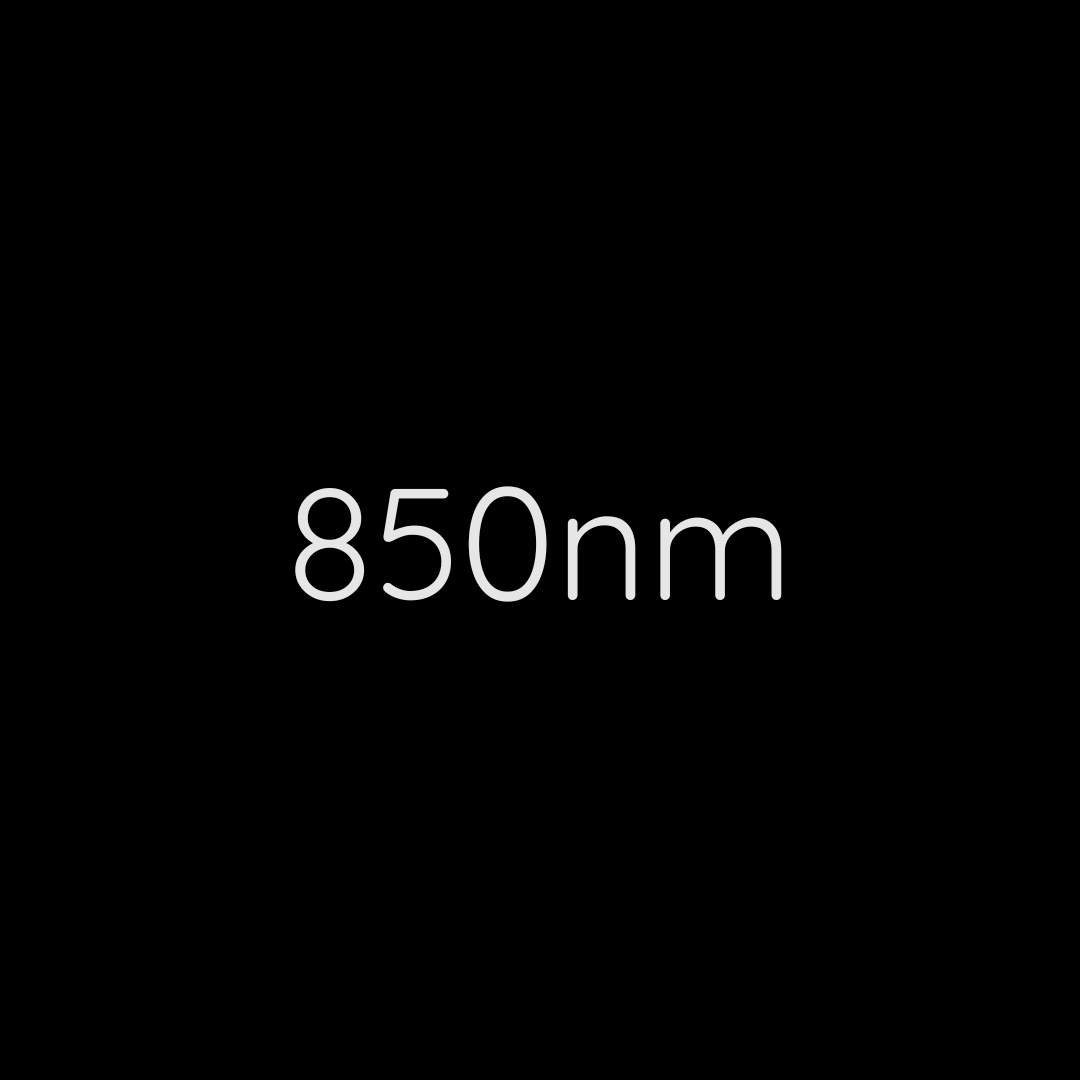
850nm Research
- 850 nm LED Increases Mitochondrial Potential and ATP in Muscle Cells
In a lab study on mouse muscle cells, a device with 850 nm near-infrared LEDs (and some red) shone for 90 seconds boosted the cells' energy factories (mitochondria) and ATP levels, peaking at 3–6 hours after treatment, which could help muscles work better and recover faster.
- 850 nm LED Affects Mitochondrial Respiration in Bone Cells
Treating bone-building cells with 850 nm LEDs (part of a multi-wavelength setup) for short daily sessions over days changed how mitochondria breathe oxygen—at higher doses, it ramped up max respiration, hinting at more ATP energy, and activated genes for stronger bones.
- 850 nm LED Improves Systemic Mitochondrial Function and ATP
Exposing people to an 850 nm LED panel for 15 minutes improved vision by penetrating the body and boosting mitochondrial activity and ATP production, even when light didn’t hit the eyes directly, suggesting whole-body benefits like better energy in aging cells.
- Near-Infrared LED (Including 850 nm) Stimulates ATP in Skin and Eye Cells
A review explains how near-infrared light around 850 nm, often from LEDs, targets mitochondria in skin and retina to increase ATP energy, promote cell growth and collagen, and possibly regenerate tissue by tweaking enzyme activity and reducing stress molecules.
HeroSeries panels, HeroBelt and HeroHat use 850nm NIR light
Did you know near-infrared (NIR) light is beyond our vision range? That’s why you won’t see our 810nm, 830nm, and 850nm LEDs - even though they’re working just as powerfully as the visible 630nm and 660nm ones.
Devices informed by ATP production and mitochondria function research³
-
HeroPanels Elite™ 10 Wavelength Red Light Therapy Panel (pre-order)
Regular price From $799.00 AUDRegular price$899.00 AUDSale price From $799.00 AUDSale -
Hero60™ Tabletop Red Light Therapy Panel
Regular price $549.00 AUDRegular price$599.00 AUDSale price $549.00 AUDSale -
Hero300™ Red Light Therapy Panel
Regular price From $1,249.00 AUDRegular price$1,399.00 AUDSale price From $1,249.00 AUDSale -
Hero960™ Red Light Therapy Panel
Regular price From $3,799.00 AUDRegular price$3,999.00 AUDSale price From $3,799.00 AUDSale
Other red light therapy research
- Sleep quality
- Pain and inflammation
- Muscle mass and recovery
- Collagen production, skin and wrinkles
- Hair growth
- Neural function, depression and brain diseases
- Injuries and wounds
- Eyesight
See the studies for yourself by clicking the links above or visit our RLT Wavelength Research page for an overview.



